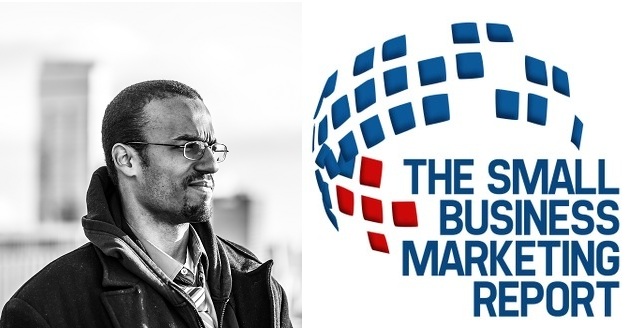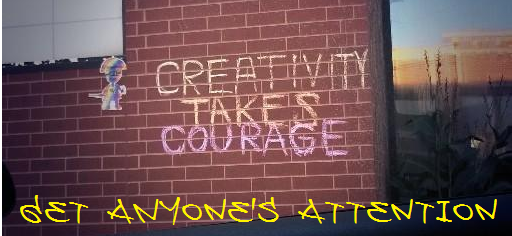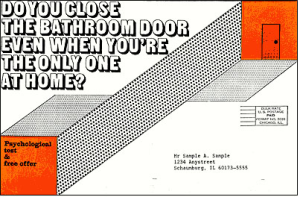Did you see the marketing prank Sony did to promote the movie ‘Carrie’ last fall? It’s very clever and quite amusing when you know what’s going on. If you’ve never seen it, you should watch it. The video is less than 2.5 minutes. Even if you have seen it, you’ll probably enjoy watching it again.
[ The prank is about telekinesis, not telepathy, but I’ll come back to that because I teach one form of that, too. ]
Telepathy is transmitting a message from your brain directly to another person’s brain. And far from being confined to the fantasy world of sci-fi and horror movies, it is real. It is the force that moves nations as well as individual citizens like you and me.
“It’s amusing when you stop to think about it – for years people have argued about whether or not such a thing exists…and all the time it’s been right there, lying out in the open… All the arts depend upon telepathy to some degree, but I believe that writing offers the purest distillation.” ~ Stephen King
Plato’s Republic. The Communist Manifesto. The Bible. The course of history has been shaped by the words written in these books.
Advertising words have also influenced culture, changed perceptions and built empires:
“This is your brain. This is your brain on drugs. Any questions?” (Who can forget that one?)
“Melts in your mouth, not in your hands.” (At the time of his death Forrest Mars and two of his sons were the 29th, 30th and 31st riches Americans)
“A diamond is forever.” (In 1939 only 10% of engagement rings had diamonds. By 1990, 80% did, largely because of the marketing efforts of the De Beers diamond cartel)
You Are Telepathic, Too…
…but you have to be intentional about it. Rule number one of selling is that nothing sells itself, no matter how good it is.
The people who should be your customers
- don’t know you exist
- don’t know there’s a solution for their problems at all
- are already buying from the competition or
- aren’t ready to buy yet.
The survival and success of your business depends on you proactively fixing each of those issues.
You need to get your sales message your should-be customers’ minds. That’s telepathy.
Then, you need to get those people to take action based on the message you delivered. That’s telekinesis.
The telepathy part
Create an appealing message. Consider what will appeal to those should-be customers; that’s more important than what you think is cool about your product. The approach most likely to get the right kind of attention is to address, in an interesting way, a topic that has a big impact on them.

Very few things get our attention like problems we’re facing right now.
(Check out the P.S. below for a partial list of ways to deliver your messages)
In that first instant, you must identify who you’re talking to (your should-be customers) and why they should continue paying attention. You can plainly state what kind of benefit they’ll get or you can tease them along with mystery. Both work well in certain situations.
Keep them interested by continually letting the reader/viewer/listener what’s in it for him. In the case above, the reader will have a happier wife, more productive communication, less time sleeping on the couch, etc.
The telekinesis part:
Let should-be customer know how to take advantage of your offer. Make the decision as easy as possible for him; remove as many obstacles (real or imagined) as possible. Help him see what he’ll be missing if he doesn’t take action.
Of course, not everyone will receive the message you’re sending out, and not everyone will move the way you hope. That’s just how these things work. But you have to realize that people everyone has needs and desires, and there’s a segment of the population for whom your product or service is the perfect solution. You would do them (and yourself) a disservice by not trying to get your thoughts into their minds and help them make choices that are in their best interest.
I’ll be sharing the best insights I’ve got on this topic during tonight’s Irresistible Offers teleseminar. If you’d like to improve your telepathic and telekinetic abilities, head over to https://donnie-bryant.com/irresistible-offers/ to get registered. (I refuse to under-deliver, and my money-back guarantee confirms the fact).
P.S. Here’s a partial list of telekinesis delivery methods, in no particular order:
Writing blog posts or articles, on your site or other sites your target customers is likely to follow
Write for magazines, newsletters or trade journals
(Self) Publish and promote a book
Build and communciate with an email list. Or “borrow” someone else’s list
Real mail
Interview or be interviewed in traditional media (radio, TV, newspaper), Google Hangout, podcast, etc.
Youtube or Vimeo. Not (necessarily) being cool or funny, but educating, offering value and being helpful
Banner ads online
Space ads in newspapers or magazines
Pay-per click
Radio or TV commercials
Make phone calls
SMS mobile marketing
Social media
If you need help figuring out which of these channels will work for you, or if you’re not sure how to best use them to communicate your message, feel free to get in touch.






